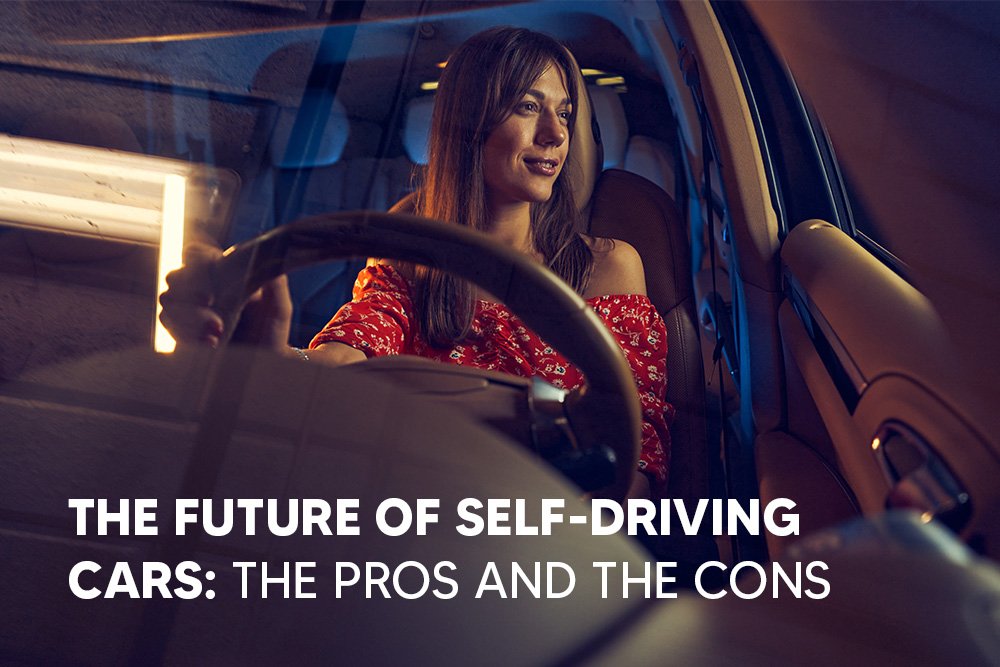Here Comes the Future
Imagine living in a world where everyone could get around easily and safely, regardless of their ability to drive. We would be able to commute while doing what we really want or need to be doing.
Responding to emails, paying bills, checking social media, binge watching a show, or simply enjoying the scenery during your trip. This sounds a lot better than people using their phones while driving and the endless road rages.
Something we have only dreamt of and seen in movies, just might actually happen. Google has commenced a self-driving car project. The vehicle is designed to take you exactly where you want at the push of the button, with no driving required.
Self-driving cars will have the same questions as a human driver like:
· Where am I?
· What is around me?
· What will happen next?
· What should I do?
These vehicles are designed to safely move around using different sensors and software that detect pedestrians, cyclists, vehicles, and even birds as far as two football fields away in all directions. They started testing the technology back in 2009 with a Toyota Prius and later began with a Lexus RX450h—to date, over 1.5 million miles on freeways and city streets.
However, Google is not the only company that has been researching this idea. Companies like Audi, Mercedes and Tesla have also been working on developing self-driven vehicles. As with any new technology that is developed and tested, there are pros and cons.
On May 7, 2016, The Tesla Model WS electric sedan was involved in a fatal accident while it was in self driving mode. Incidents like this one are bound to bring up various concerns and questions. Here are some:
· Can we completely trust computers to drive us around?
· How will these vehicles know when or how to react under an unpredictable circumstance?
· Are they prepared for all variety of weather conditions?
· What about insurance and liability issues when there are accidents?
On the other hands, computers can’t be distracted in the way that human drivers can. Drunk driving accidents should decrease. Disabled individuals who have no other choice than to rely on public transportation or assistance would reap the benefits of self-driving cars.











